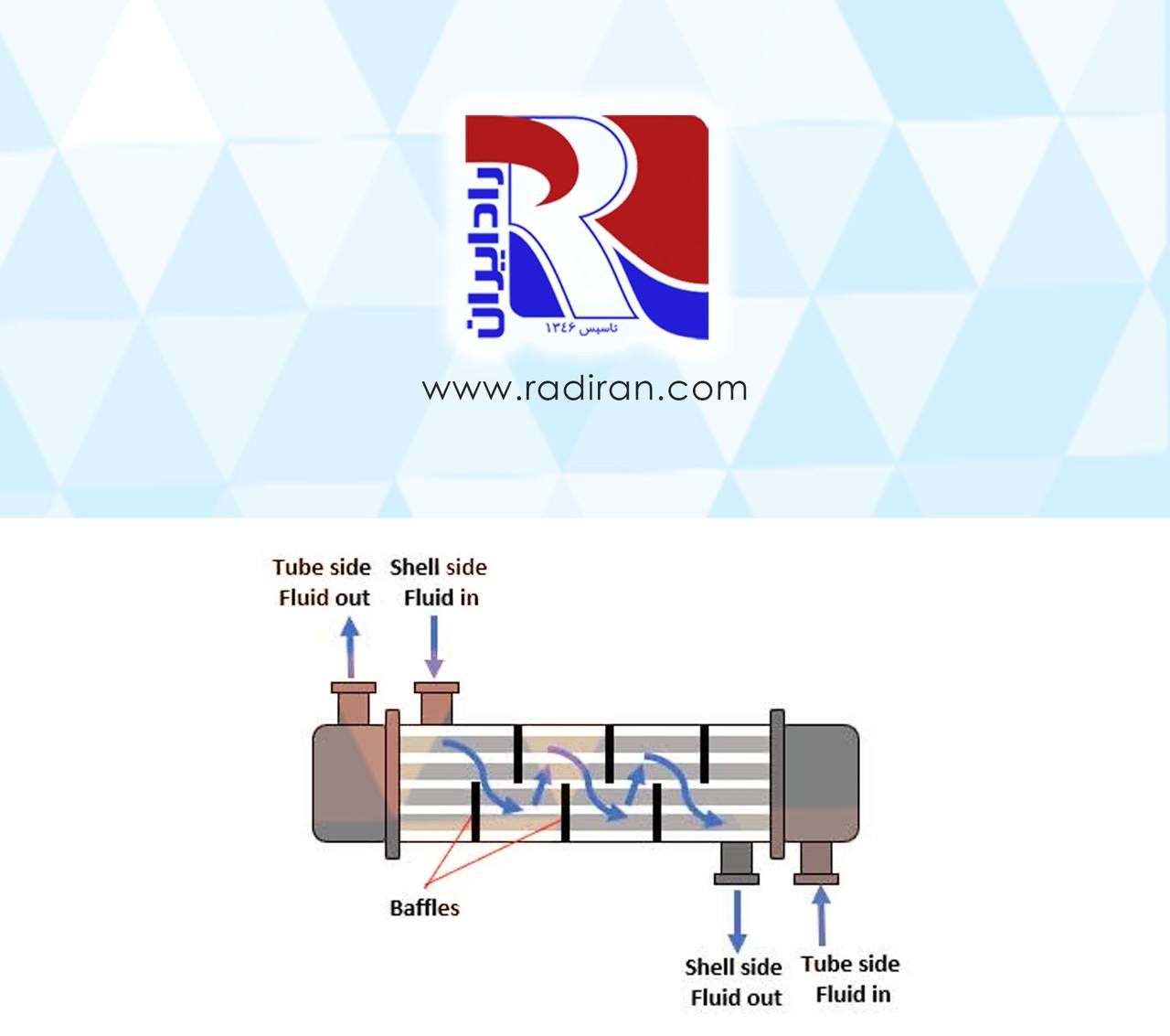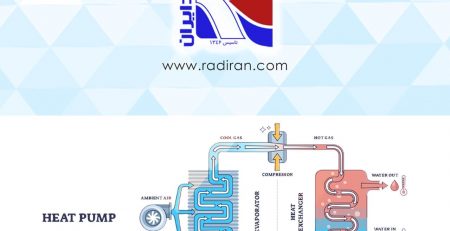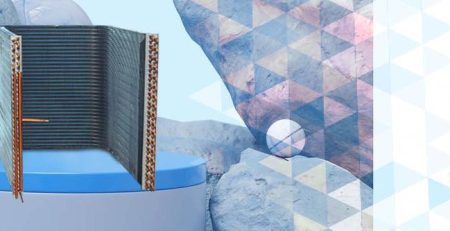Baffle cuts
As one of the most important parameters of the shell and tube heat exchanger’s design, Baffle cut influences fluid distribution, while orientation affects cross flow patterns. Common baffle types are segmental and helical. Consider these factors for efficient heat exchanger performance. In this essay, baffle cuts and their impact on the shell and tube heat exchanger’s efficiency, are discussed thoroughly.
Baffle cut, or the portion of the baffle that is removed to allow fluid flow through the shell side of a heat exchanger, can take different forms. The choice of baffle cut influences fluid distribution and the overall efficiency of heat transfer. Here are some common options:
- Segmental Baffle Cut:
Segmental baffles have a portion cut out, typically forming a semi-circle or a segment of a circle. This cut Provides good tube support and fluid control and Allows for a more uniform flow across the tube bundle.
- Triangular Baffle Cut:
In this design, the baffle is cut into a triangular shape, with the apex of the triangle pointing towards the tube bundle. This baffle cut Promotes better fluid distribution and minimizes the risk of bypassing, so can improve heat transfer efficiency.
- Helical Baffle Cut:
Helical baffles have a spiral or helix cut, introducing a swirling motion to the fluid flow. Enhances heat transfer by inducing turbulent flow. Particularly useful for high-viscosity fluids or applications where fouling is a concern.
- Elliptical Baffle Cut:
Baffles are cut in an elliptical shape, providing a compromise between the segmental and triangular cuts. It balances fluid distribution and pressure drop. Also can be suitable for a range of applications.
- Rounded Baffle Cut:
Baffles are cut with a rounded or curved profile. Smoothens fluid flow, reducing the risk of flow-related issues. Suitable for applications where minimizing pressure drop is a priority.
The choice of baffle cut depends on factors such as the nature of the fluids, heat exchanger application, and the desired trade-off between heat transfer efficiency and pressure drop. Engineers carefully select the baffle cut to optimize performance based on specific operational requirements.












